How to Hold a Board Orientation
If at all possible, gathering new board members together is important. Having them together in some way, shape, or form, in the same room really adds a great deal of depth to the discussion. And obviously, these are interesting times—so a virtual meeting might have to do as a replacement.
Why? Number one, you get to see the full picture, the verbal and the non-verbal, of the board. Number two, your participants get to meet other new board members. It's a little intimidating to walk into a room of people who have well-established relationships and you're the “newbie,” not knowing anyone. It's much easier if there's a small group of two, three, or four people who are coming together. Then, when they meet the full board they already know a few people, which increases the comfort level of the first meeting. Doing this in a group setting, if at all possible, creates relationships that create a level of comfort and will impact the conversations to come.
The other part of the “how” is about creating a board binder. This document should include the board's job description, the bylaws, the last years’ worth of meeting minutes, the committee structure, some statistics on the organization - their operations and outcomes, and what they're trying to accomplish. Also, I like to include the last year or two of 990s, the tax form that has all the financial information on it, anything budget/finance-related, and other relevant financial information.
Having all this information in a binder allows the board member to take it home after the orientation and study it on their own time to become more familiar with the day-to-day operations of the board. It is critical for non-profit executives and board chairs to work together to build a binder that will enable your new board members to have an impact on day one.


